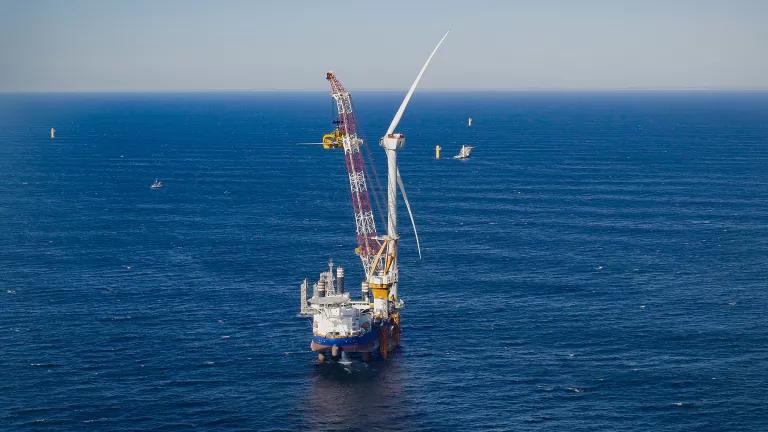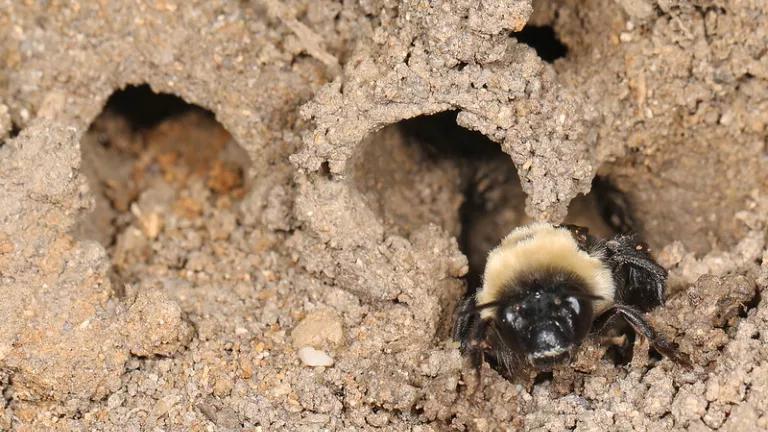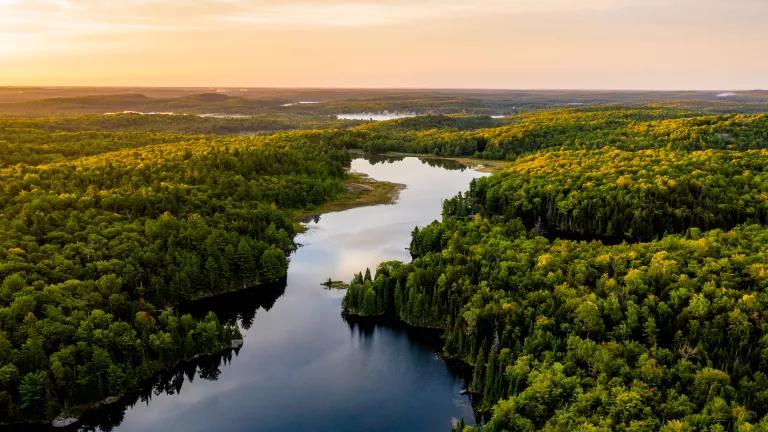In the annual State of the State address this week, New York Governor Andrew Cuomo announced a slew of initiatives aimed at better preparing the state for more extreme weather and storm events like Hurricane Sandy. In New York State alone, Sandy caused 60 deaths and over $30 billion in damage. With rising temperatures contributing to more extreme weather and bringing a “new normal,” efforts put in place now to build the resilience of communities and infrastructure will help to save lives and reduce future damage from these storms.
A key component of the governor’s strategy is to use natural barriers to better insulate New York Harbor against rising seas and storm surge. Coastal wetlands, marshes, oyster reefs, and dunes help to absorb storm surge and floodwaters and dissipate wave energy. These “soft” strategies can be implemented relatively quickly and are far less costly than more controversial “hard” infrastructure, such as seawalls and levees. Natural barriers also are decentralized and can be implemented at multiple locations, making them flexible and adaptable to changing conditions.
In addition to storm surge and flooding protection, these strategies also provide an array of other benefits. Coastal wetlands can help to improve water quality by filtering out pollutants in runoff. They also provide habitat for wildlife, opportunities for recreation, improve quality of life and help to reduce climate change by absorbing carbon dioxide.
The governor’s recommendations on natural barriers are based off the work of the 2100 Commission, one of four state commissions established in the aftermath of Sandy. One of the nine major recommendations highlighted in the commission’s preliminary report is to use green and natural infrastructure to buffer against storms and other severe weather events. Specifically, the commission recommends that as part of the development of a resilience plan for New York Harbor a detailed feasibility study of major types of natural infrastructure like dunes, tidal wetlands, oyster reefs and living shorelines be conducted. As noted by the report, in addition to the multitude of benefits already mentioned, these natural solutions have lower maintenance and management costs compared to “hard” infrastructure and can be among the most cost-effective approaches for mitigating hazards.
The ongoing work to restore salt marshes in Jamaica Bay is a prime example of how we can protect and restore our coastal wetlands. And there are significant opportunities to expand coastal ecosystem restoration projects to other areas of the state as discussed in the New York City Wetlands Strategy, the Comprehensive Restoration Plan for the New York-New Jersey Harbor Estuary, and the Long Island Sound Study.
By protecting and restoring these vital ecosystems and taking advantage of the numerous benefits that they provide, we can better protect lives, communities, and businesses from more extreme storms. It’s a win-win solution all the way around.



